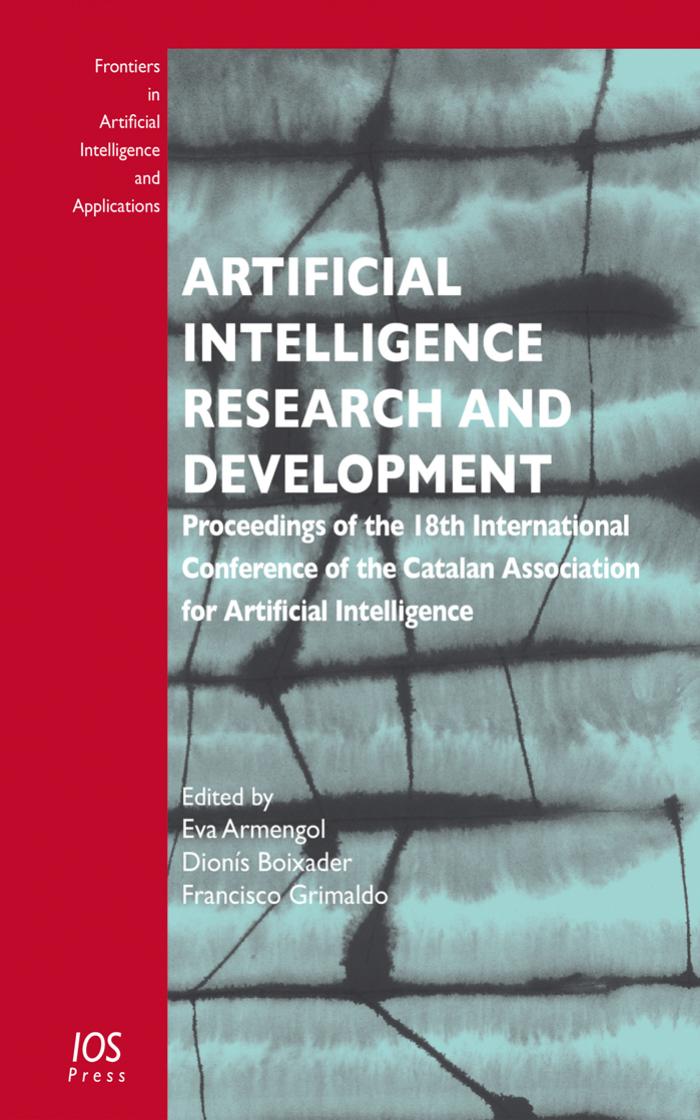The Industries of the Future by Alec Ross

Author:Alec Ross
Language: eng
Format: epub, mobi, pdf
Publisher: Simon & Schuster
NINE BILLION PEOPLE WILL NEED TO EAT
The potential of big data to bring Urdu, Greek, and Swahili together into a common conversation could improve the world in remarkable ways. Even more impressive, though, is the role that big data might be able to serve in significantly reducing hunger, probably the longest-running challenge for humanity. The World Food Programme reports that one out of every nine people on earth, 805 million people, does not have enough food to live a healthy, active life. As the population grows as expected to more than 9 billion people over the next 30 years, the amount of food produced will need to increase by 70 percent lest the world grow even hungrier. This comes in the midst of climate change, as temperatures rise and potable water becomes an ever scarcer resource (70 percent of freshwater used globally goes toward agriculture).
The best hope for feeding our more populated world comes from the combination of big data and agriculture—precision agriculture. For thousands of years, farmers have worked using a combination of experience and instinct. For most of human history, the phases of the moon were considered the most important scientific input in farming (because of ancient beliefs about the moon’s impact on soil and seed and for the more practical reason of managing time without a clock or calendar). After World War II, a period of scientific and technological innovation spurred what is known as the Green Revolution, which massively increased agricultural production and reduced both hunger and poverty. The Green Revolution introduced new technologies and practices involving hybrid seeds, irrigation, pesticides, and fertilizer. Even since then, though, farmers have tended to work off a fixed schedule for planting, fertilizing, pruning, and harvesting their crops without much regard for changing weather and climate conditions or the changing little details in each field; farming as an extension of the industrial age.
The promise of precision agriculture is that it will gather and evaluate a wealth of real-time data on factors including weather, water and nitrogen levels, air quality, and disease—which are not just specific to each farm or acre but specific to each square inch of that farmland. Sensors will line the field and feed dozens of forms of data to the cloud. That data will be combined with data from GPS and weather models. With this information gathered and evaluated, algorithms can generate a precise set of instructions to the farmer about what to do, when, and where.
When I climbed into a tractor or harvester as a kid, it was a simple, sturdy machine: just a steel frame, big rubber tires, and an engine. The farmer would work the field based on the day and the time, and he’d do it by eyeballing the patch of farmland in front of him. The farm equipment being built for tomorrow looks more like an airplane cockpit than the tractors I remember from childhood. There are graphic interfaces for software programs running on a tablet computer in the farmer’s line of sight.
Download
The Industries of the Future by Alec Ross.mobi
The Industries of the Future by Alec Ross.pdf
This site does not store any files on its server. We only index and link to content provided by other sites. Please contact the content providers to delete copyright contents if any and email us, we'll remove relevant links or contents immediately.
| Elections & Political Process | Ideologies & Doctrines |
| International & World Politics | Political Science |
| Public Affairs & Policy | Specific Topics |
| United States |
The Secret History by Donna Tartt(18843)
The Social Justice Warrior Handbook by Lisa De Pasquale(12141)
Thirteen Reasons Why by Jay Asher(8792)
This Is How You Lose Her by Junot Diaz(6794)
Weapons of Math Destruction by Cathy O'Neil(6142)
Zero to One by Peter Thiel(5685)
Beartown by Fredrik Backman(5594)
The Myth of the Strong Leader by Archie Brown(5424)
The Fire Next Time by James Baldwin(5248)
How Democracies Die by Steven Levitsky & Daniel Ziblatt(5127)
Promise Me, Dad by Joe Biden(5087)
Stone's Rules by Roger Stone(5026)
A Higher Loyalty: Truth, Lies, and Leadership by James Comey(4843)
100 Deadly Skills by Clint Emerson(4840)
Rise and Kill First by Ronen Bergman(4701)
Secrecy World by Jake Bernstein(4644)
The David Icke Guide to the Global Conspiracy (and how to end it) by David Icke(4624)
The Farm by Tom Rob Smith(4434)
The Doomsday Machine by Daniel Ellsberg(4415)
